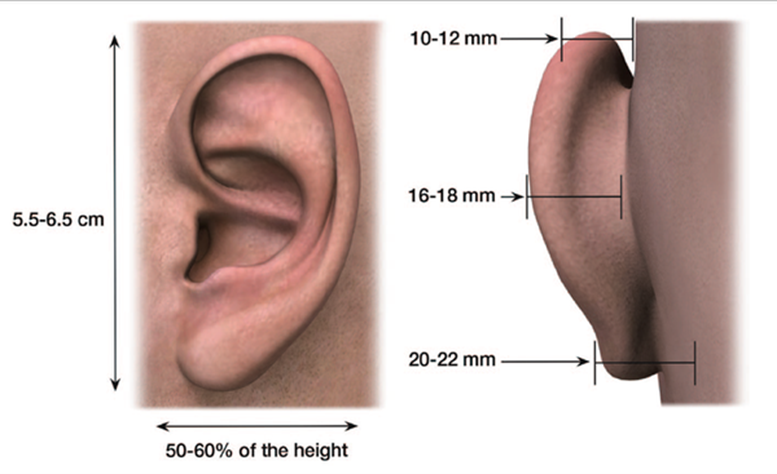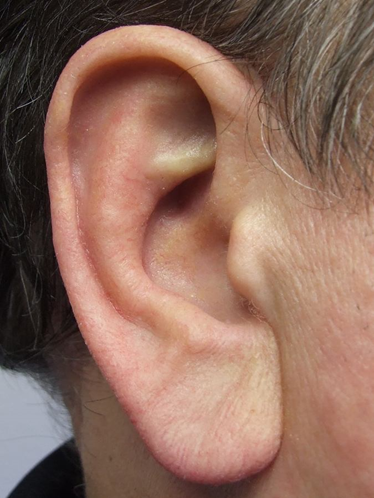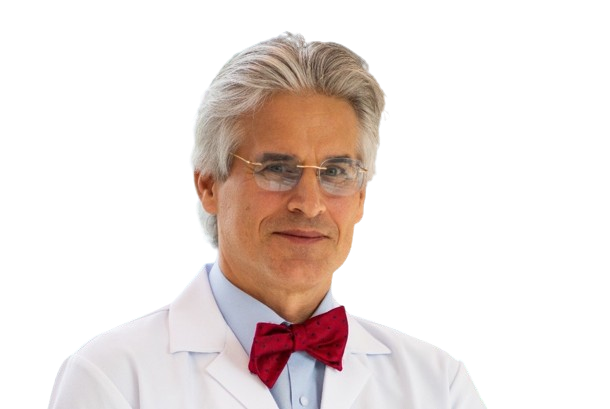The Perfect Ears
The “perfect ear” protrudes 18 millimeters from the head, has no large cartilage, is evenly shaped and has a clearly recognizable earlobe that is not attached directly to the head.

Protruding Ears
Protruding ears are a particularly distinctive feature, which usually represents a great burden for those affected. Children and young people in particular suffer from teasing or hurtful comments from classmates. But adults also suffer from this beauty flaw. Protruding ears can be put on easily and quickly as part of a correction of the protruding ears. This ear surgery allows the patient to feel self-confident and satisfied with their appearance without having to take high risks.
Big Ear (Makrotie)
Ear size generally depends on sex and body size. But even in tall people, a vertical axis length of 70 mm is considered a large ear. With a strong macrotia, the ear can even reach from the eyebrow line to the level of the lower lip! The earlobes are usually enlarged as well. Because ears grow throughout life (up to 1 centimeter), macrotia increases with age. The size of the auricle can be reliably reduced by reducing the size of the auricle and/or reducing the size of the earlobe.
Torn Earlobe
Wearing large earrings in particular often causes a split in the earlobe area, the so-called slit ear deformity. This can be either acute – caused by snagging on a large earring – or chronic – caused by the slow formation of a tensile crack above the earring caused by gravity. With the help of a simple operation, not only can the shape of the earlobe be restored, but it is also possible to wear (heavy) earrings again.
Correction after Ear tunnel
With the help of a simple operation, not only the shape of the earlobe can be restored.
Too small earlobe
Wearing earrings can be difficult if the earlobes are too small. By injecting hyaluronic acid fillers (hyaluronic acid and other fillers for wrinkle treatment in the face and neck area) or autologous fat transfer (autologous fat injection in the facial area for wrinkle therapy), the earlobe can be reliably enlarged without additional scars.
Keloid
The back of the ear is one of the prime sites for excessive scarring. There are several procedures available for treating excessive scarring (scar therapy). Above all, the multimodal correction of the keloid in the ear area has proven itself.
Age changes in the ear area
In the context of facial aging, characteristic age changes in the ear area become apparent: With advancing age, the tissue at the edge of the auricle and in the earlobe also sags. The earlobes increasingly lose their firmness, volume and shape. Ear studs no longer stay in place, wrinkles and indentations become visible. Heavy earrings, in particular, leave a longitudinal furrow over time that makes the ear look older. In addition, there is increased hair growth in the area of the auricle.

Too big Earlobe
Oversized, droopy earlobes are a sign of aging. With the help of a simple operation (→ earlobe reduction), not only the shape of the earlobe can be restored, but also the wearing of (heavy) earrings can be made possible again

Ask the Expert: Ears Treatments.
Discover the secrets to radiant, youthful skin with personalized guidance from our face and neck treatment expert. Ask the expert today and let us help you look and feel your best!



